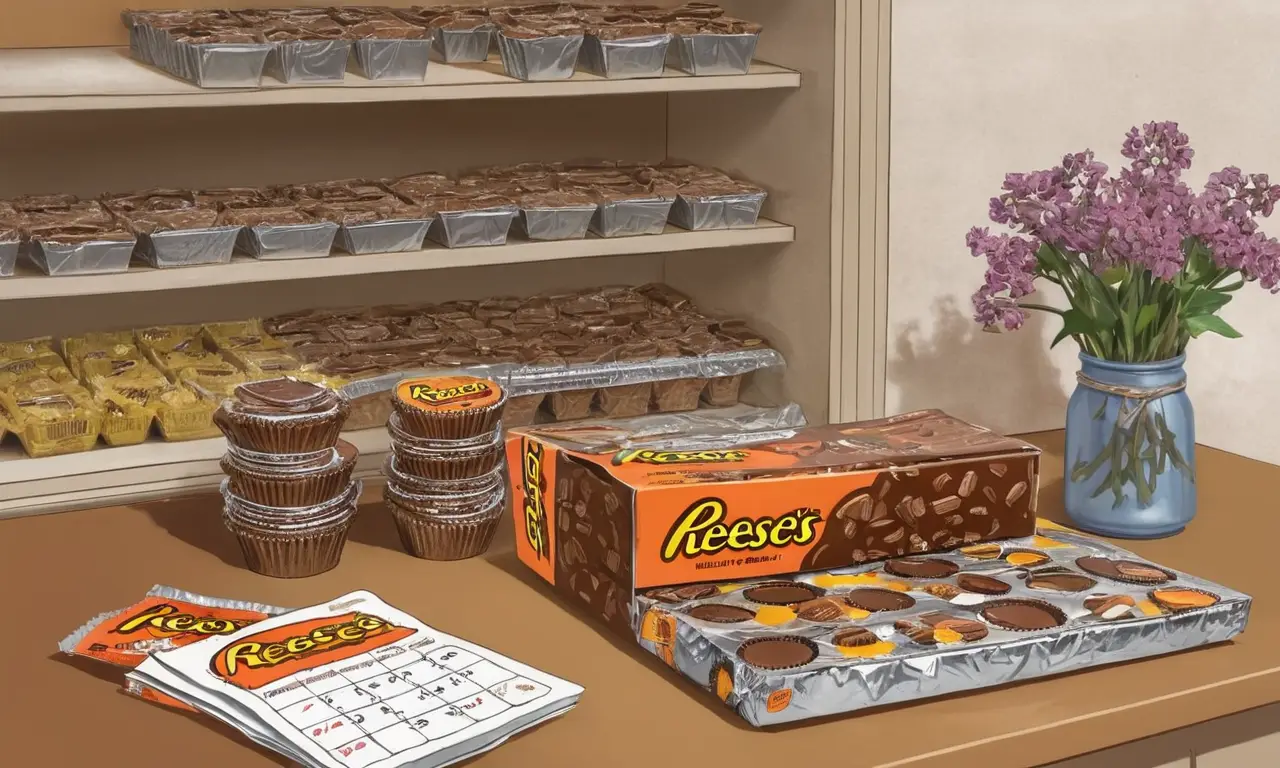
Reese’s peanut butter cups are a classic American treat, loved for their perfect combination of creamy peanut butter and rich chocolate. But like all delicious things, they have a limited shelf life. Understanding how long your Reese’s will stay fresh can help you enjoy them at their best. This article will delve into the factors affecting Reese’s shelf life, providing guidance on storing and consuming these delectable treats for maximum enjoyment.
This article will explore the shelf life of both unopened and opened Reese’s peanut butter cups, outlining the ideal storage conditions to maintain freshness and flavor. We’ll also discuss how to determine if your Reese’s have gone bad and provide tips for maximizing their longevity.
Reese’s Shelf Life
The shelf life of Reese’s peanut butter cups depends primarily on whether they are unopened or opened. Unopened packages generally have a longer shelf life than opened ones due to the protective seal that prevents exposure to air and moisture. However, even unopened Reese’s will eventually expire.
How long are Reese’s good for is a common question, and the answer varies depending on storage conditions. Generally, unopened Reese’s can last for 6 months to a year if stored properly. Opened packages should be consumed within 2-3 months to ensure optimal freshness and flavor.
Unopened Reese’s Cups

Unopened Reese’s peanut butter cups are typically safe to consume well beyond their “best by” date, as long as they have been stored correctly. The protective packaging helps prevent spoilage from air and moisture. However, the quality of the chocolate and peanut butter may decline over time, leading to a less enjoyable taste experience.
If you’re unsure about the freshness of unopened Reese’s, check for any signs of damage to the packaging or discoloration of the cups themselves. A slightly stale smell might also indicate that the Reese’s are past their prime. If you notice any of these signs, it’s best to err on the side of caution and discard them.
Opened Reese’s Cups
Once a package of Reese’s is opened, the shelf life significantly decreases due to exposure to air and moisture. The chocolate can start to soften and become sticky, while the peanut butter may lose its creamy texture.
Can Reese’s go bad? Yes, opened Reese’s cups can definitely go bad if not stored properly. To maximize their freshness, transfer any remaining cups to an airtight container and store them in a cool, dry place away from direct sunlight and heat.
Storing Reese’s Peanut Butter Cups

Proper storage is crucial for extending the shelf life of Reese’s peanut butter cups.
Temperature
Store Reese’s in a cool, dry place with temperatures between 60-70°F (15-21°C). Avoid storing them in hot or humid environments, as this can cause the chocolate to melt and the peanut butter to become sticky.
Sunlight Exposure
Direct sunlight can damage the chocolate and affect its flavor. Store Reese’s away from windows and other sources of direct sunlight.
Airtight Containers
Transfer opened Reese’s cups to an airtight container to prevent exposure to air and moisture, which can lead to staleness and spoilage.
Optimal Freshness
To enjoy your Reese’s peanut butter cups at their best, consume them within the recommended timeframe:
- Unopened Reese’s: 6 months to a year
- Opened Reese’s: 2-3 months
Pay attention to any changes in texture, smell, or taste. If you notice anything off, it’s best to discard the cups.
Conclusion
Reese’s peanut butter cups are a delicious treat that can be enjoyed for an extended period when stored properly. Understanding their shelf life and following proper storage guidelines will help ensure that you savor these delectable cups at their peak freshness and flavor. Remember, while unopened Reese’s can last for several months, opened packages should be consumed within 2-3 months for optimal enjoyment.
